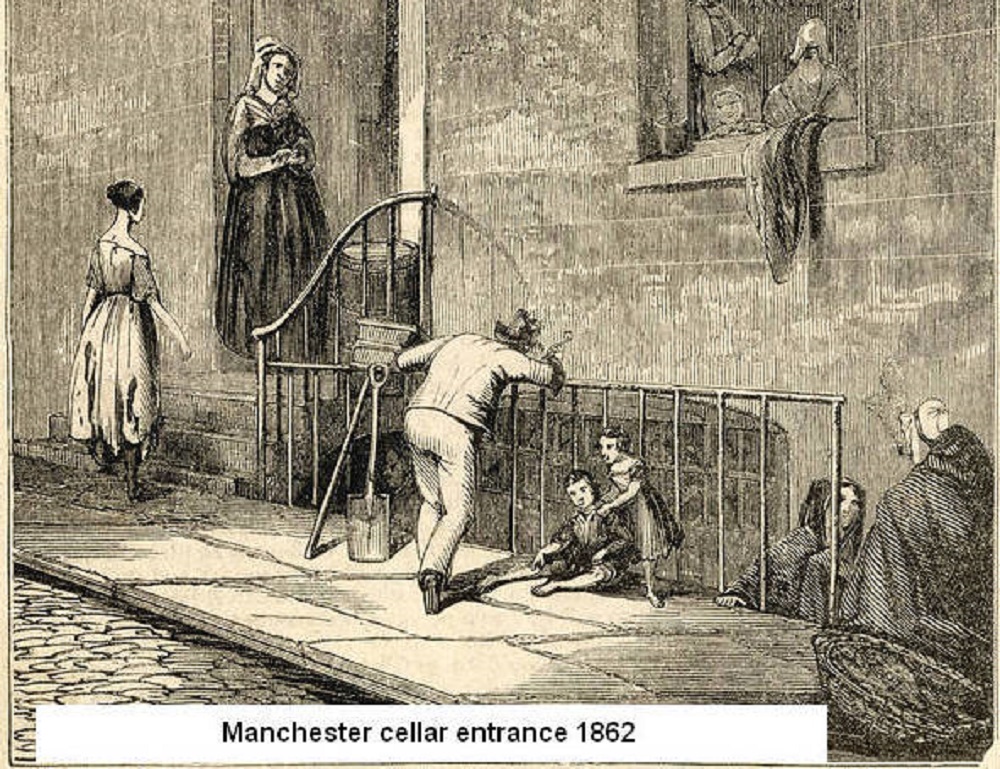 Back in March, when lockdown began how long did you think it would last? I thought 6 weeks, honestly.
Back in March, when lockdown began how long did you think it would last? I thought 6 weeks, honestly.
I got off to a reasonable start; a good walk each day, a few exercises, that sort of thing. But, as the weeks became months, I flagged.
North Manchester Fitness, on the other hand didn’t. With regular classes on hold they’ve kept in touch with their members through two WhatsApp groups.
Normally, Lorraine Platt leads weekly walking sessions and heads up most of the Pilates classes. They’re not exclusively for the over 50’s but it’s fair to say that many of those attending are in that age-group, so lockdown has been especially restrictive for them.
From the early days, Lorraine routinely shared, on WhatsApp and email, exercises that members were familiar with and could safely do in their own homes.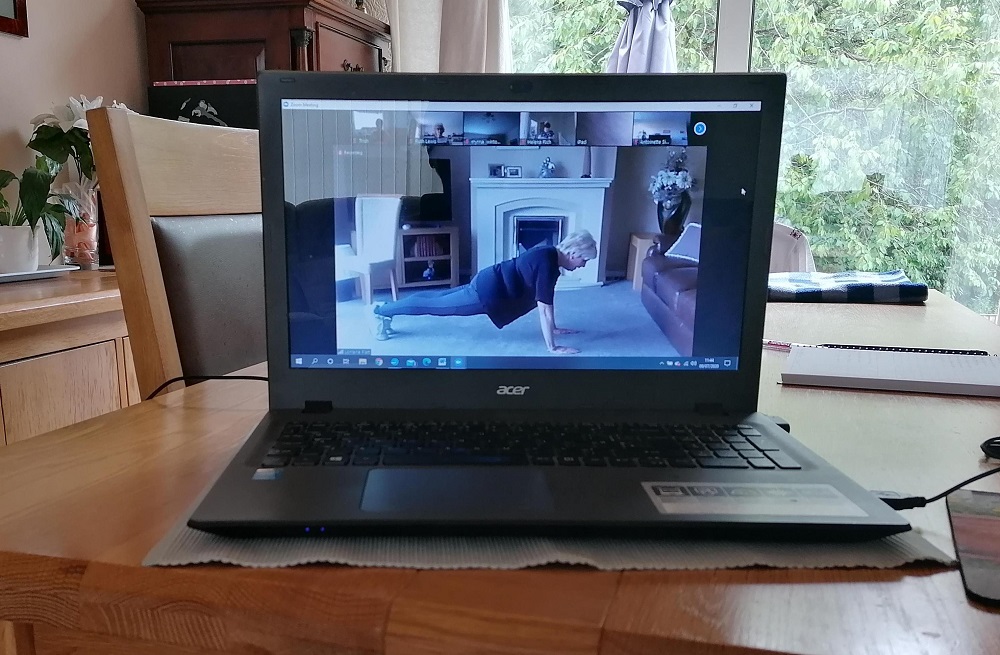 Towards the end of May, she began holding small classes on the meeting platform ‘Zoom’. It was challenging to get everyone tuned in but, two months on, it’s in full swing and so successful that it may continue well into the future.
Towards the end of May, she began holding small classes on the meeting platform ‘Zoom’. It was challenging to get everyone tuned in but, two months on, it’s in full swing and so successful that it may continue well into the future.
Lorraine’s one amazing lady. I first met her in 2017 and produced a write-up for Another Music about one of her groups. I suffered a broken ankle the following year. Then, at a chance meeting, she encouraged me to take up Pilates believing it would help with my recovery. She was right.
Pilates concentrates on three main physical aspects – ‘balance’ ‘core’ and ‘flexibility’. The overall health benefits are wide-ranging. Here are just some of them….
- increased muscle strength and tone, particularly of your abdominal muscles, lower back, hips and buttocks (the ‘core muscles’ of your body)
- balanced muscular strength on both sides of your body
- improved stabilisation of your spine
- improved posture
- rehabilitation or prevention of injuries related to muscle imbalances
- improved physical coordination and balance
- safe rehabilitation of joint and spinal injuries
- increased lung capacity and circulation through deep breathing
- improved concentration
- increased body awareness
- stress management and relaxation
 NMF’s achievement in continuing to connect with their members goes way beyond maintaining good physical fitness though.
NMF’s achievement in continuing to connect with their members goes way beyond maintaining good physical fitness though.
“There is a social element to the group too,” says Lorraine. “So many new friendships have been made through NMF. It is lovely to see, especially in this time of isolation.
I am so pleased to see how the Zoom sessions have taken off. Zoom was a word we had hardly heard of 3 months ago. Now we’re all becoming experts.”
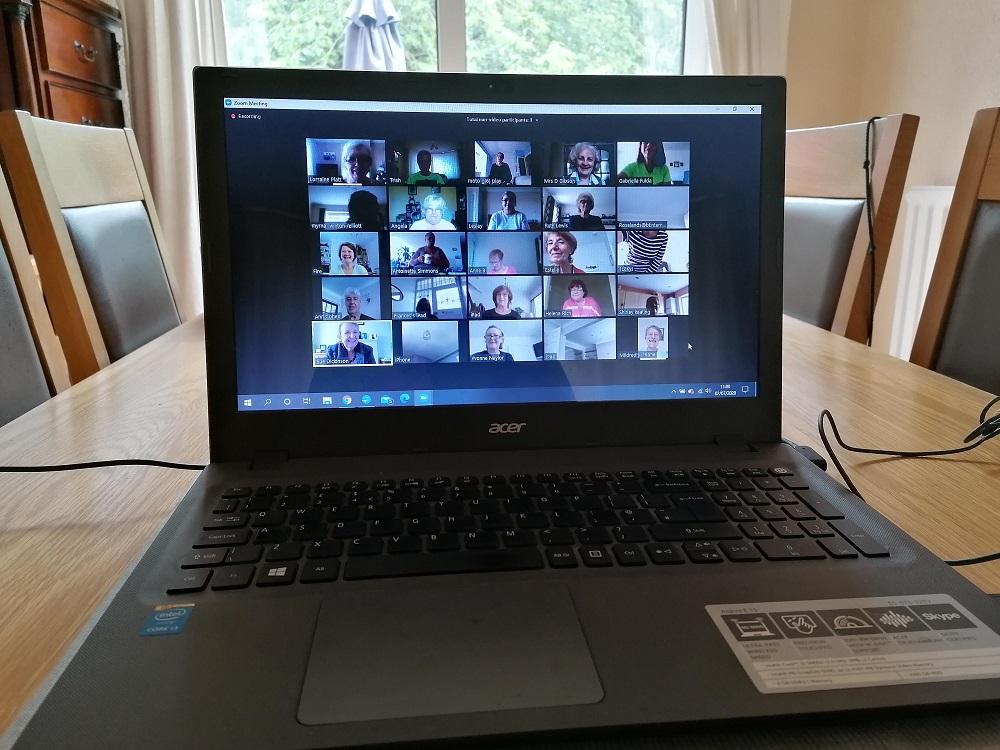 Sharing experiences, photographs, jokes and ideas, the members have helped each other stay positive. They’ve dropped off food supplies, swapped books, CD’s, DVD’s, even spare wool, sent good wishes and flowers to anyone with anything to celebrate and offered support to those suffering illness, bereavement or just the blues. It doesn’t stop there. They’ve knitted blankets, hats and bootees for newborns, ordered, paid for and delivered luxury hand creams to NHS hospital staff, rallied support and sponsored a local charity in desperate need… the list goes on.
Sharing experiences, photographs, jokes and ideas, the members have helped each other stay positive. They’ve dropped off food supplies, swapped books, CD’s, DVD’s, even spare wool, sent good wishes and flowers to anyone with anything to celebrate and offered support to those suffering illness, bereavement or just the blues. It doesn’t stop there. They’ve knitted blankets, hats and bootees for newborns, ordered, paid for and delivered luxury hand creams to NHS hospital staff, rallied support and sponsored a local charity in desperate need… the list goes on.
Behind the scenes, the North Manchester Fitness team have been working on the best, safest way to restart the rest of their activities. Walking in Boggart Hole Clough is a likely candidate.  Some of the regulars on a winter’s day, pre-lockdown
Some of the regulars on a winter’s day, pre-lockdown
In the meantime, Pilates by Zoom suits me…and, no excuses, Lorraine can see if I’m flagging!
Information about North Manchester Fitness activities including Hiitstep, marathon training, sprints, and more can be found on their website, just click here. Or follow them on Facebook.
 Ready for the off!
Ready for the off!
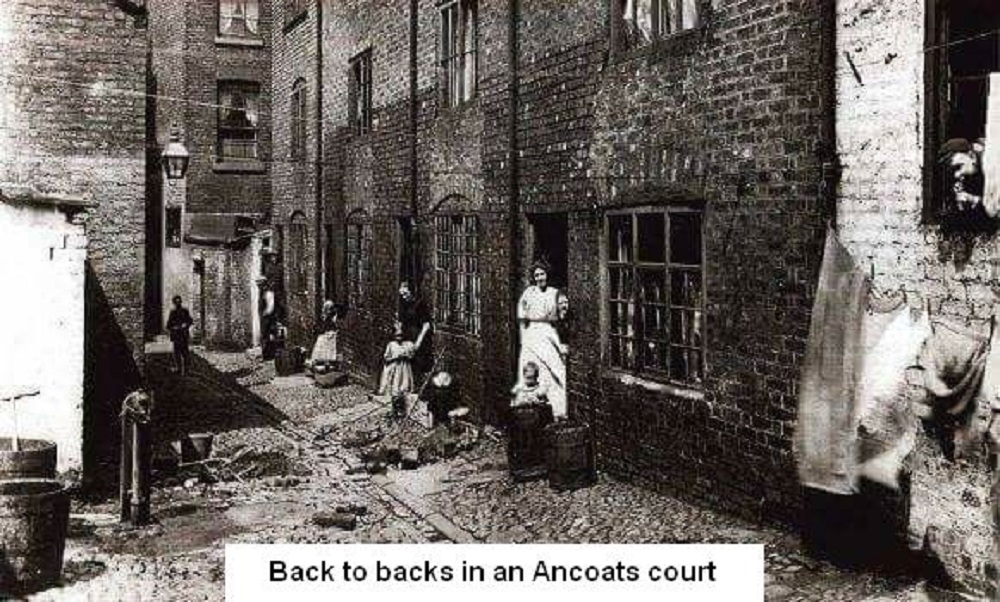 My 4 times great grandfather’s birth in 1786 coincided with the influx of country people seeking work in Manchester’s mills. The majority were casualties of mechanisation and newly introduced farming methods. Casual labour was replacing secure employment with a subsequent forfeiting of tied cottages.
My 4 times great grandfather’s birth in 1786 coincided with the influx of country people seeking work in Manchester’s mills. The majority were casualties of mechanisation and newly introduced farming methods. Casual labour was replacing secure employment with a subsequent forfeiting of tied cottages.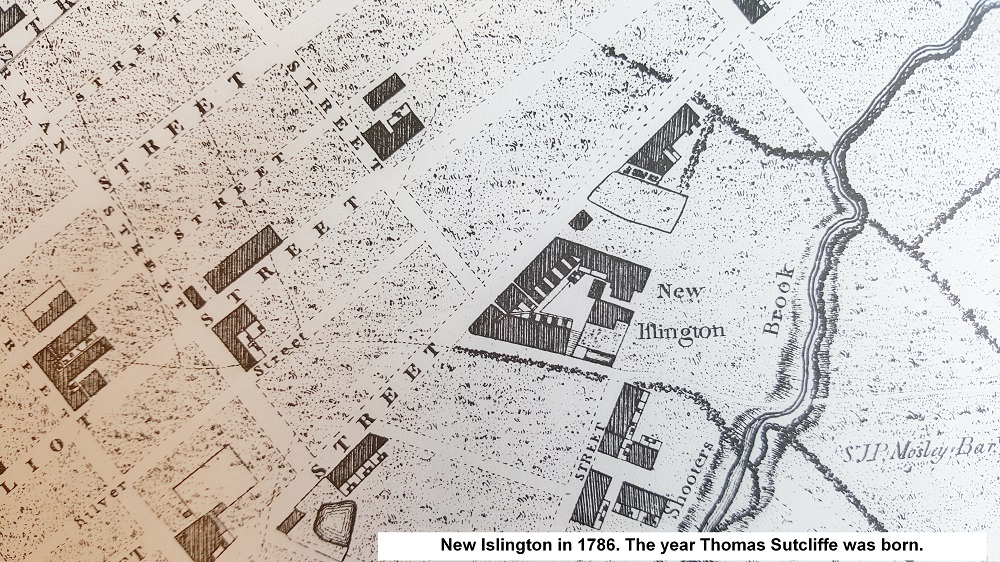 Many families were reduced to sharing turf huts erected on waste or common land with their livestock. But at the whim of a land owner, the turf huts could be pulled down, and the occupants driven beyond the parish boundaries.
Many families were reduced to sharing turf huts erected on waste or common land with their livestock. But at the whim of a land owner, the turf huts could be pulled down, and the occupants driven beyond the parish boundaries. Central districts soon reached bursting point, and speculative builders turned their attention to Ancoats and Collyhurst.
Central districts soon reached bursting point, and speculative builders turned their attention to Ancoats and Collyhurst. Primitive as these dwellings were, property owners soon realised that one up/one down terraces would yield more profit if they were constructed back-to-back (sharing a central wall).
Primitive as these dwellings were, property owners soon realised that one up/one down terraces would yield more profit if they were constructed back-to-back (sharing a central wall). Housing density was unprecedented, yet speculators were convinced still more profit could be squeezed from their investments. The solution they came up with was ‘closed courts’.
Housing density was unprecedented, yet speculators were convinced still more profit could be squeezed from their investments. The solution they came up with was ‘closed courts’. Access to the seven inter-connecting ‘closed courts’ was by covered ginnels, 3 to 4 foot wide. Hundreds of people in the seven courts were served by a single pump. It was situated in the 4 foot wide Kerr’s Court which had 5 one up/one down houses with cellars. Until the corporation’s bye laws were implemented in the last quarter of the century, no sanitary provision whatsoever existed in some of the courts.
Access to the seven inter-connecting ‘closed courts’ was by covered ginnels, 3 to 4 foot wide. Hundreds of people in the seven courts were served by a single pump. It was situated in the 4 foot wide Kerr’s Court which had 5 one up/one down houses with cellars. Until the corporation’s bye laws were implemented in the last quarter of the century, no sanitary provision whatsoever existed in some of the courts.